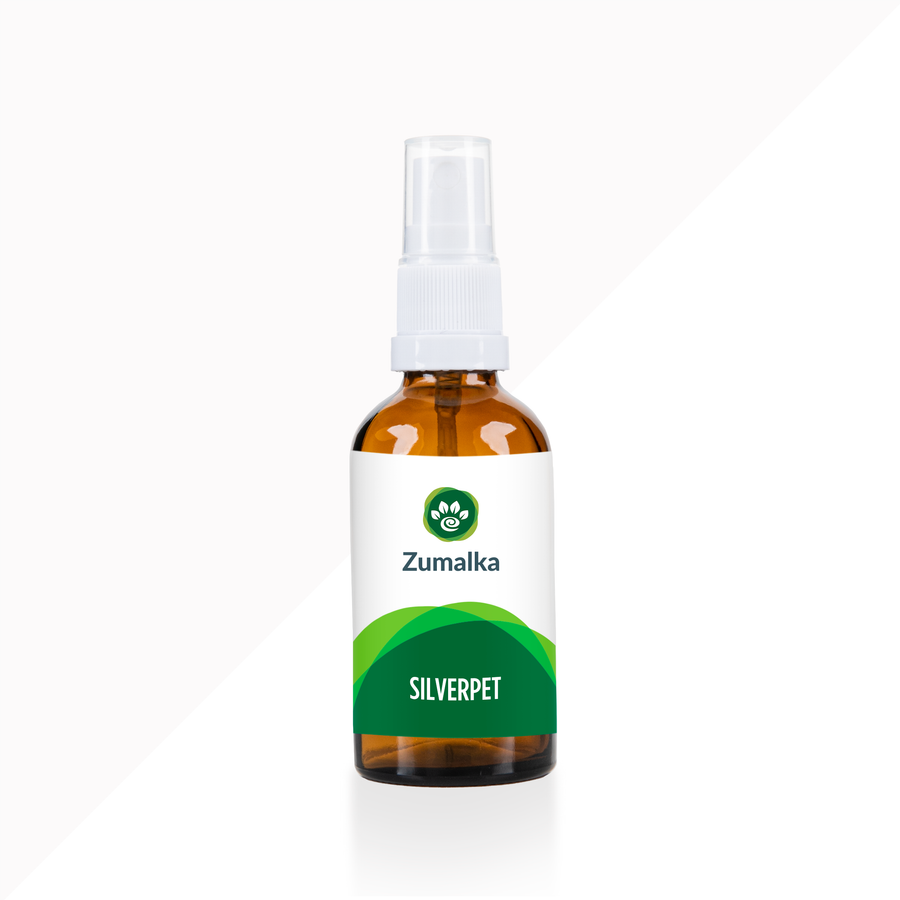5 Simple Ways to Prevent Rabies in Cats 2023
Rabies in cats is a very serious disease that always results in the death of an infected animal. While rabies exposure is usually attributed to the dog population—hence the term "mad dog"—this problem can also affect domesticated cats.
Given the fact that there is still no cure for the rabies virus, especially when it is already at its end stages, it’s crucial that you know how to keep your precious pet protected from this viral disease. This is why I put together this blog post to walk you through the essential things you need to know.
- Click to learn more: 👉 Provide support to your cat who's fighting RABIES with our Natural Product 🐱
But before we begin, I'd just like to emphasize that you should call your vet immediately if you have an animal suspected of having the rabies virus. When the most serious effects of rabies develop, every living animal and not just an exposed cat will be in danger!
Let’s begin our discussion by finding out what rabies in cats exactly is…
What is Rabies in Cats?

Feline rabies is a viral infection that attacks the central nervous system. This disease has an unpredictable incubation period and an unvaccinated cat exposed will also display strange behavior in just a short time after rabies transmitted.
Some can even become extremely aggressive that they need to be humanely euthanized sooner or later, according to protocols established by State Public Health Veterinarians and the World Health Organization (WHO).
It is also called hydrophobia because the rabid animal will experience acute throat spasms whenever he tries to swallow water or similar liquids. This usually happens when rabies has already damaged most of the brain tissue of affected animals.
I'd just like to point out that rabies isn't just prevalent in stray animals, wild animals or wild carnivores. All warm-blooded animals are susceptible to this disease. Even indoor cats can be prone to and will have transmitted rabies if they're infected!
The Centers for Disease Control and Prevention (CDC) reports that upwards of 250 cats are reported as rabies diagnosed by stray animal control authorities annually. This is why it's crucial to have rabies vaccinations (and the required booster vaccine) in your pet checklist.
Now we’ve got that covered, let’s discuss how an unvaccinated cat gets infected with rabies…
How Does a Cat Get the Rabies Virus from an Infected Animal?

Rabies in cats is typically transmitted through the saliva of an infected wild animal or other unvaccinated pets and domestic animals. While biting is the most common way of passing on the infection from one infected animal to another, a cat scratch can also suffice.
So long as the virus in the saliva gets in contact with exposed mucous membranes like those found in the mouth and the corner of the eyes, infection is highly likely. What’s really alarming about rabies is that the virus continues to live on for up to two hours after being discharged by a deceased animal.
This is why it’s crucial to wear protective gear like gloves and a mask when handling dead bodies of wild critters that may have ended up on your property since they could still be harboring the virus.
If an animal infected with rabies dies suddenly, you should be more careful! Again, I'd like to stress the importance of rabies vaccines and rabies vaccination since they can save your cat's life. You can also contact animal control or the disease control unit of your local health department just to be extra safe.
A quick heads up, though. Some types of living animals like fish, snakes and birds can't be affected with rabies and won't require rabies vaccines. You can only definitively diagnose rabies in mammals, such as domestic cats.
Let's discuss the indicators of cat rabies next...
What are the Symptoms of Rabies in a Cat?

The symptoms of rabies in felines are divided into three (3) distinct and contrasting stages, which we will discuss in a bit. These are characterized by unusual behavior, such as excessive drooling and quiet cats suddenly becoming more vocal.
However, you will need to get in touch with a veterinarian immediately to have an accurate diagnosis when you observe signs of rabies infection in unvaccinated cats.
The prodromal stage
During this stage, you will notice a sudden change in a cat’s disposition or temperament. A reserved cat becomes more sociable and confident, while a normally outgoing cat turns shy and easily frightened. A slight change in their voice can also be noticed. A rabies vaccine won't be able to save an infected cat when this stage sets in.
The furious stage
This stage is when rabid cats become extremely excitable and aggressive. Besides frequently drooling and vocalizing in a loud manner, a cat also tends to indiscriminately attack whatever or whoever it comes across during this stage. There is already irreversible damage in the nervous system at this point. Human or animal contact is absolutely restricted at this point!
The paralytic stage
During this stage, a cat’s larynx becomes completely paralyzed and the muscles that control the movement of the nose and mouth seize up. The rabid cat falls into a coma and eventually dies after a few hours.
Additional Notes About Rabies in an Infected Cat

The signs of cat rabies vary when it comes to the time they can be observed. A rabid animal can already display signs of cats rabies after a few days, while others can.
However, there are three (3) key factors when it comes to the appearance of the signs of rabies: first, the location of the bite, second, the seriousness of the bite, and third, if there was rabies vaccination.
It is important to remember that the closer the bite wound is to the brain and spinal cord, the faster rabies symptoms will be seen. Now let's go over some rabies prevention guidelines that you should keep in mind…
No-Fuss and Practical Ways to Prevent Rabies in Cats (Best Accompanied by the Rabies Vaccine)

If you’re looking to keep your feline family member as safe and protected against cat rabies as possible, here are the essential things to take note of:
Establish specific territorial boundaries
Establishing boundaries is crucial to give your cat the notion of where he is allowed to go and where he isn’t. This is best done as early as possible, particularly among indoor cats, which tend to be rather inquisitive about their surroundings.
Besides giving your cat an idea of the parts of the house he is allowed to explore and lounge in, this also lessens the possibility of your pet trying to sneak out.
Prevent wild animals from getting in contact with your cat
Contact with outdoor wild critters like raccoons and weasels can contract rabies. In case you’re allowing your cat to spend some time outside, make sure you keep an eye on him at all times to prevent a chance encounter with these potentially infected animals.
Since it’s not uncommon that cats can be quite territorial, your pet could be in on for an unexpected nip or bite when he does meet one of these critters.
Get rid of wild animal remains immediately
If you live in a wooded area or near a forested place, chances are you will stumble upon dead bodies of wild animals in your yard or patio every now and then.
It is crucial that you properly get rid of these as soon as possible since there’s a possibility that they may be harboring rabies, which your cat could be unknowingly exposed to if he comes across these remains first.
Keep in mind to use protective gear like a pair of gloves and a mask when doing this since rabies can live up to two hours after being discharged by the host.
Supervise socialization with other animals
Although socialization plays a key role in a cat’s mental growth and development, knowing the other animals your pet is interacting with is a must to keep rabies at bay.
In case you see your fur baby mingling with a cat or dog you’re not familiar with, remember to get him as soon as possible and ask around for the other animal’s pet parents. Sure, this may sound a bit drastic, but it’s better to be safe than sorry when rabies is concerned.
Regularly check your cat for any wounds, nicks, and lesions
Spend a few minutes of your time each day examining your cat for any wounds, lesions, as well as nicks and cuts that weren’t there before.
Besides giving these injuries the immediate care and attention needed so they won’t become infected, you can also mentally work out where these may have come from while you’re at it. And as a bonus, your beloved pet will also consider this as a bonding activity, too.
An Important Tip to Help Optimize Your Home Pet Care Checklist
Besides rabies in cats, there are a number of other serious health problems that could affect your pet's quality of life. This is why you need to boost your pet’s immune system, so he won’t be an easy target for illnesses caused by fungal, bacterial and viral infections.
Zumalka’s SILVERPET is designed to help maintain the ideal function of your cat’s body as well as strengthen his overall immune system to become more resilient against diseases. And with its gentle holistic approach and premium natural ingredients, SILVERPET is a worthwhile addition to your pet care checklist.
A Final Reminder on Rabies in Cats
And that ends my blog post on the no-fuss ways on how to keep your cat safe and protected from rabies infection. I really appreciate you for reading my article and I also hope you learned a lot.
Although keeping the rabies virus at bay can be a bit challenging, having the right support group to guide and help you as you go along will definitely be an advantage. Make sure you CONTACT US at any time to get in touch with a pet homeopathy specialist.







Leave a comment